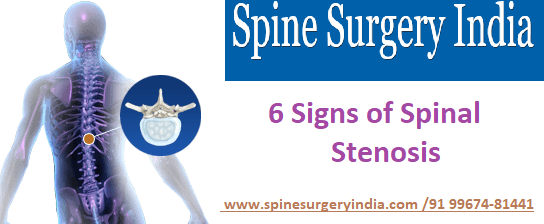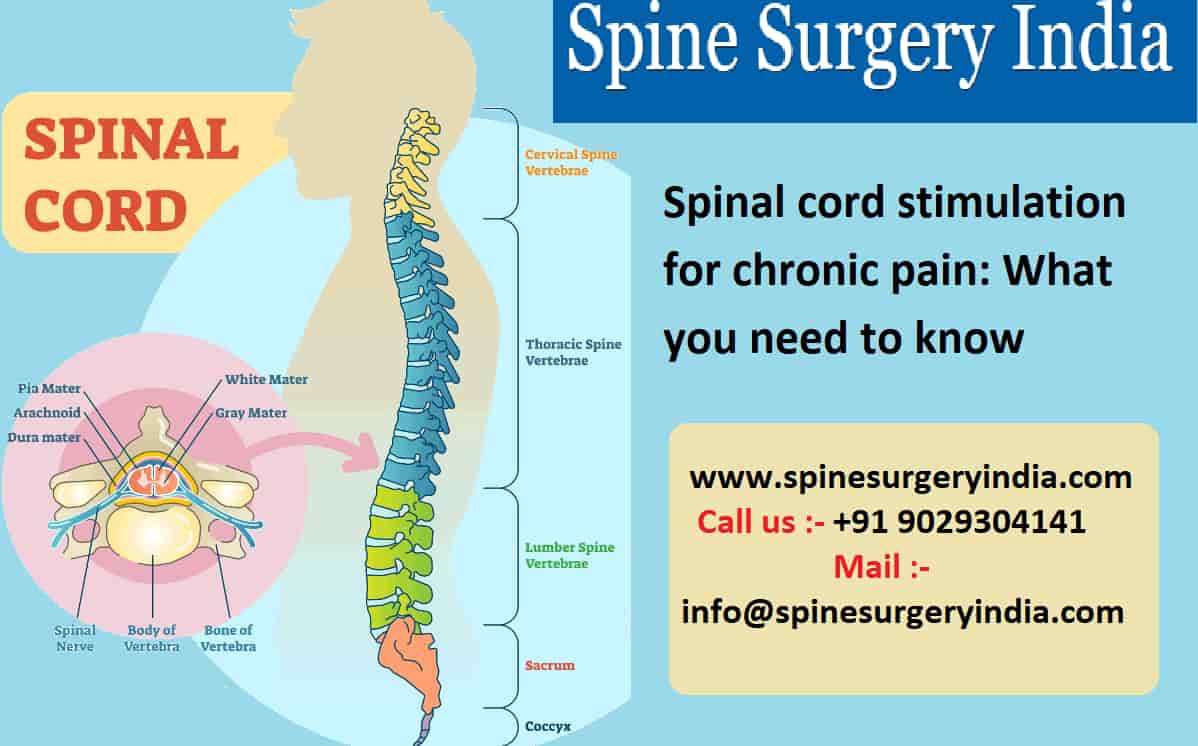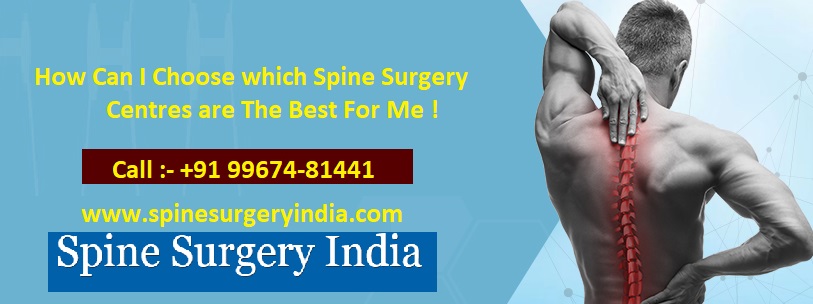
Spinal stenosis is a back condition which mainly occurs in men and women after the age of 50 years, and it became worse as you grow old. It can develop at various points along the spine. Spinal stenosis is a condition which happens when the spinal canal holding the spinal nerves and spinal cord become narrow. This narrowing puts more pressure on the spinal cord and nerves which trigger pain.
Signs to know Spinal Stenosis
Generally, the spinal canal narrowing occurs over many years and it became difficult for you to notice it right away. Here are 6 common signs of spinal stenosis on which you need to keep an eye and these are as follows:
a) Back pain comes and goes: The pain in your back may be severe some of the time, and mild or it may completely go other times.
b) Other positions relieve pain: There are certain positions such as sitting, lying down, or shifting yourself forward may ease your back pain as these are the positions which give the nerves some extra room.
c) Sciatica symptoms: You may experience radiating numbness, or you may feel the sensation of pins-and-needles in your body, tingling, or weakness from the low back to the buttocks and legs.
d) Slight changes make a big difference: You might experience relief when you lean forward a little, such as with a shopping cart handle, or on bike handlebars which mean changing slightly can heal your pain.
e) Different positions and exercises cause pain: When you walk, stand, or ride a bike can cause pain in your legs or back. The pain may flare up with even a brief amount of physical activity.
f) The pain goes away slowly: If you take a few minutes of rest then the pain will go slowly or can stop.
How the Condition of Spinal Stenosis can be Treated?
There are wide ranges of non-surgical treatments are available at the hospitals under Spine Surgery India to treat the condition of spinal stenosis and these are as follows:
a) Exercises: The surgeons at the hospitals under Spine Surgery India will suggest a suitable program of physical therapy and exercise to treat the condition of spinal stenosis, however, the condition of spinal stenosis cannot be cured by exercise but it is important for patients to remain active as tolerated and not become additionally debilitated from inactivity.
b) Activity modification: Your surgeon will counsel you to avoid activities which worsen the condition of your spinal stenosis symptoms. For lumbar stenosis, it has been found that patients are more comfortable while flexed forward. The activities which are recommended for lumbar stenosis includes walking while bent over and leaning on a walker or shopping cart instead of walking upright; sitting in a recliner instead of on a straight-back chair. These activities are helpful in reducing pain.
c) Epidural injections: Generally, your surgeon will give an injection of cortisone into space outside your epidural which can temporarily relieve your symptoms of spinal stenosis. However, there are certain concerns about the use of corticosteroid injections for those patients who are at the risk of osteoporosis-related fractures. While it is still a mainstream option which is offered by many physicians, as there are most of the treatments which are associated with both risks and benefits.
d) Medications: The surgeons at the hospitals under Spine Surgery India recommend some anti-inflammatory medication such as aspirin or ibuprofen which may be helpful in alleviating the symptoms of spinal stenosis. They also advise a short term course of narcotic medication which need to carefully used and it may be helpful for severe nerve-related pain. Some physicians will also prescribe muscle relaxers and nerve desensitizing medications such as gabapentin and there are cases where the surgeons suggest taking anti-depressant medications which can also provide pain relief.
Side effects from medications are always a big concern for the patients. So, to avoid the side effects it is essential the patients make sure that their physician and pharmacist are aware of all their medications and medication allergies.
Surgical Treatment for Spinal Stenosis
The surgeons at the hospitals under Spine Surgery India recommend the surgery as the last option to treat the condition of spinal stenosis when other non-surgical treatments are failed to provide the relief from the symptoms of spinal stenosis. The aim of the surgeons to perform surgery is to provide relief on the spinal cord or nerve roots which creates more space within the spinal canal. Surgery to decompress the area of stenosis is the most definitive way to try to resolve symptoms of spinal stenosis. The following are some of the common surgeries to treat the condition of spinal stenosis:
a) Laminectomy: In this procedure, your surgeon will remove the back part (lamina) of the affected vertebra. A laminectomy is a procedure which is also known as decompression surgery because it eases the pressure on the nerves by creating more space around them. In some cases, your surgeon will link the vertebra to adjoining vertebrae by using metal hardware and a bone graft to maintain the strength and stability of your spine.
b) Laminotomy: This is a procedure where the surgeons at the hospitals under Spine Surgery India will only remove a portion of the lamina which relieves the pressure in a particular spot.
c) Minimally invasive surgery: In this procedure, your surgeon will remove a bone or lamina which reduces the damage to nearby healthy tissue. This results in less need to do fusions.
But fusions are a procedure which is useful to stabilize your spine and also reduces pain. By avoiding them you can also reduce potential risks, such as inflammation, post-surgical pain, and disease in the section nearby of your spine. Apart from reducing the need for spinal fusion, a minimally invasive approach to surgery has been shown to result in shorter and quicker recovery time.
The surgical approach includes few risks such as infection, a tear in the membrane which covers your spinal cord, a blood clot in a leg vein etc.
Related posts
May08
Jan03
Oct22
Jan25



















